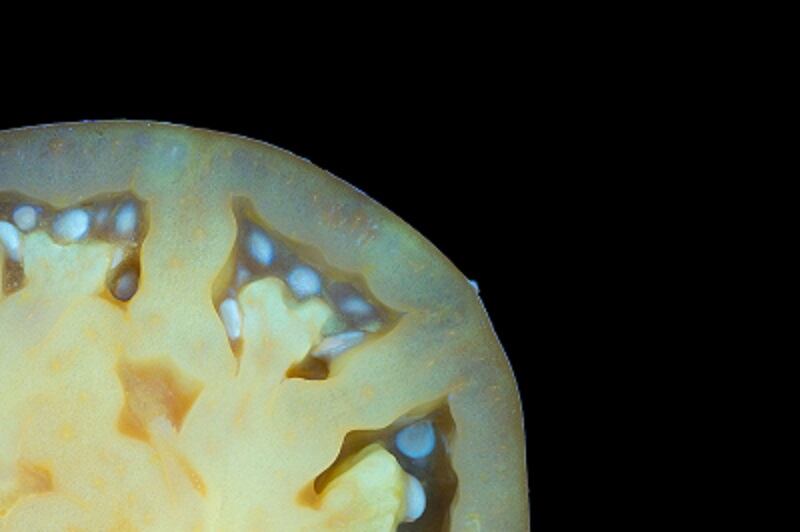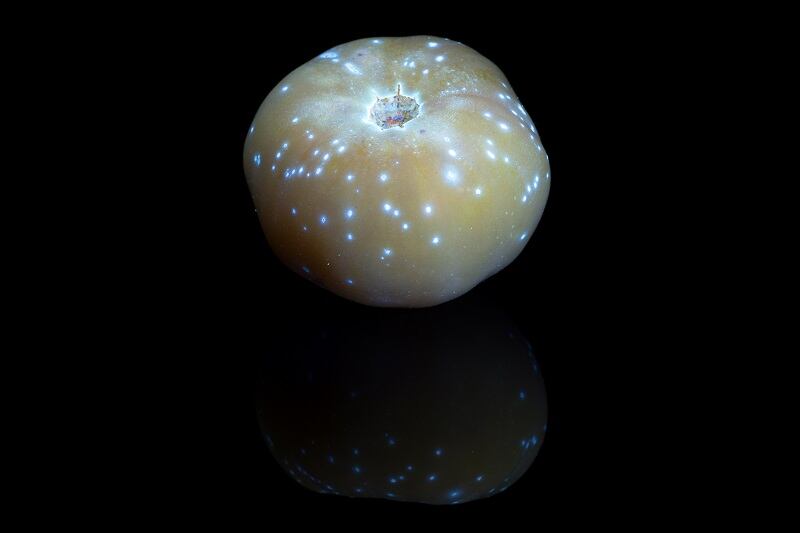Israeli ingredients company Lycored, part of Adama Group, has released images highlighting the powerful carotenoids found in its breed of golden tomato.
These carotenoids – mostly consisting of phytoene and phytofluene – boast antioxidation and anti-inflammatory qualities. Lycored uses the carotenoids in its new ‘wellness extract’ product called Lumenato, which the company says can improve skin appearance ‘from the inside out’.
Zev Ziegler, Head of Global Brand & Marketing, Health at Lycored, said: “Lumenato is safe and suitable for a wide range of food and beverage applications. So far, it has been tested in nutrition bar, milk chocolate and dark chocolate applications. Furthermore, it is taste-neutral, making it a better fit for broader food applications.”

Carotenoids are the phytonutrients that give fruits, vegetables their bright colour. Carotenoids are rare in foods and cannot be produced by the human body, so need to be incorporated into diets.
The tomatoes used by Lycored for its Lumenato product are a standardised from of an exotic tomato breed that the company grows on farms across the globe.
Dani Zamir, Professor of Agriculture at Hebrew University, said the tomato is a ‘unique and magical plant’. “Tomato breeds differ from each other in their genetic constitution and in the genes they carry. Some tomatoes are red, some are yellow – very similar to humans,” he said.
“The golden tomato is a unique solution that is being developed by Lycored in order to provide carotenoids that are rare in our foods. Golden tomatoes contain carotenoids, most of them are phytoene and phytofluene, which are colourless carotenoids. We have been able to map the gene that is responsible for the accumulation of phytoene and phytofluene, develop a quick marker for it, produce it into cultivated varieties and release them in a very short time.”
Ziegler added: “Phytoene and phytofluene are very difficult to see, but we’ve been studying them for several years. We’ve painstakingly created innovative detection methods that help reveal and extract them to ensure the highest quality standards in our products.”



